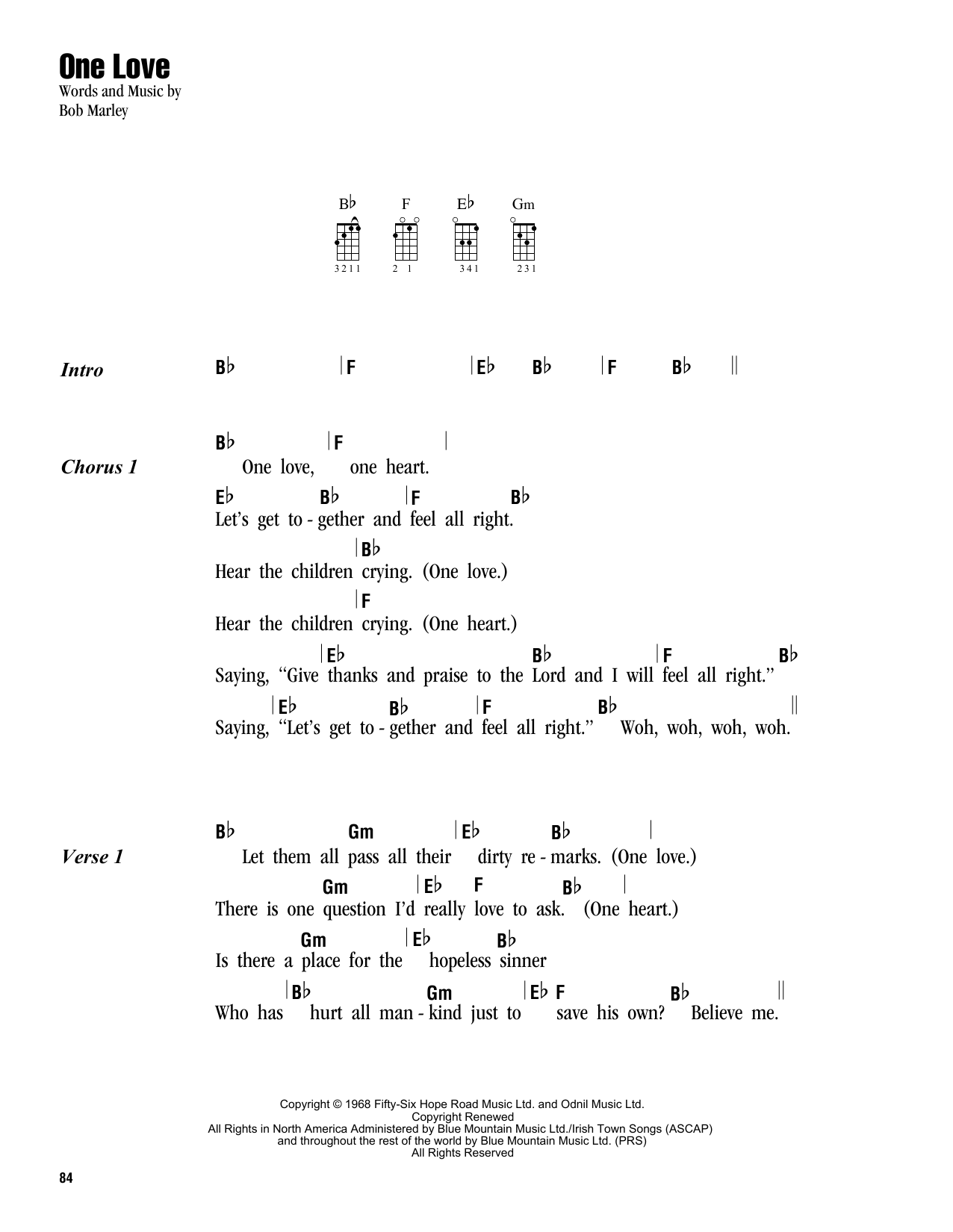

That’s all pretty vague, but the voluntary guidelines help us interpret what a teacher is allowed to do without seeking permission of the copyright owner. The fair use provision (found in Section 107 of the Copyright Act) sets out four factors for judging whether a use is permissible without a license: purpose and character of the use, nature of the work, amount and substantiality of the portion used, and effect on the potential market for or value of the work. Typically, to create multiple copies, teachers must rely on fair use. Reproducing: If a teacher wants to reproduce copies of a piece of sheet music for classroom use, he or she must first determine the relevant guidelines. Here’s a glimpse at how the law applies to each type of use. Each of these uses can raise different points of law and different methods for licensing copyrighted works, when necessary. Teachers must be conscious of six different types of copyright uses in the classroom: reproducing, recording, preparing derivative works (such as a new arrangement), distribution, performance, and display. Copyright Office, cites Section 110, which allows for “performance or display” of copyrighted works “in the course of face-to-face teaching activities of a nonprofit educational institution.” This exemption, for example, makes it permissible for teachers to play prerecorded music in their classrooms as part of the teaching activity. Rob Kasunic, principal legal advisor for the U.S. The voluntary guidelines are a great help in understanding fair use, but to avoid confusion, attorneys recommend looking at other classroom exemptions in the Copyright Act. “Fair use is the teachers’ and the performers’ and the lawyers’ nightmare, because there are no clear answers to almost anything,” says Jim Kendrick, outside counsel for the Music Publishers’ Association (MPA), which represents the interests of print music companies and other publishers. Deciphering ‘Fair Use’įor teachers, a key problem is deciphering the exceptions provided for them under the Copyright Act’s “fair use” provision. Here’s the bottom line: Before using any printed or prerecorded material in the classroom or for any type of school performance, educators must evaluate whether the use falls under one of the Copyright Act’s specific exemptions or those described in the voluntary guidelines. These exceptions were clarified in a set of voluntary guidelines jointly hammered out by parties representing the copyright holders and the educators, including MENC. Acknowledging that education is a unique case, the 1976 act went out of its way to address teachers’ pedagogical needs, creating exceptions to the law that allow certain uses of copyrighted material in a classroom setting.

Over the years, Congress has codified these protections in succeeding versions of the Copyright Act. The principle of copyright protection in the United States can be traced back to the Constitution. As teachers choose materials for their students, it is essential that they know where the legal lines are drawn. While teachers enjoy many exemptions under copyright law, the classroom does not shelter all uses. Intellectual property has emerged from the legal backwater to become major news, with frequent high-profile cases of individuals and companies being prosecuted for the illegal use and distribution of copyrighted material.


 0 kommentar(er)
0 kommentar(er)
